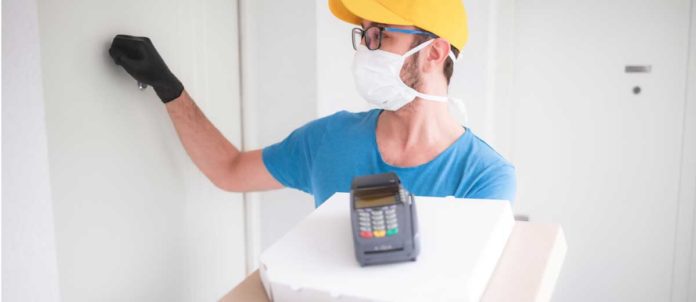These are fast-changing times, as countries around the world come together to battle the Coronavirus (COVID-19). At time of publication, there are well over 1.4-million global cases of COVID-19. Since this article was written several weeks ago, what you’re experiencing now may be better or worse than what you’re reading.
In response to these dire times, many jurisdictions have told restaurants and bars to close, except for takeout and delivery. As a result, the restaurant industry has taken a major hit due to these physical-distancing measures. In fact, a recent Restaurants Canada survey reveals more than 800,000 foodservice workers have lost their jobs due to COVID-19, one in 10 restaurants is permanently closing and many more closures are expected.
According to the National Restaurant Association, more than three-million U.S. foodservice workers have been laid off and many more layoffs are still expected.
Unprecedented times call for unprecedented measures, so, in order to generate income, many restaurants have increased their takeout and delivery services. Most provincial food regulations have mandatory food-safety training and certification and this certification requirement is still being enforced. Operators must have at least one person per shift with a food-handler certification — even if there are only one or two people working in the kitchen. Another requirement is that operators have measures in place to protect food from contamination.
With this major shift in day-to-day foodservice operations, restaurant operators are grappling with how to keep their employees and customers safe. The first step of a food-safety plan is to assess potential hazards. Since COVID-19 is so new, the jury’s out on whether or not the virus can be passed through food. The World Health Organization says food is not known to be a route of transmission of the virus. At the time of publication of this article, there has been no evidence of cases where the virus was passed on through food. That said, it always makes sense to practice good food-safety habits.
T
ransmission of the virus via ready-to-eat foods and food-contact surfaces is another matter. Cross-contamination is a possibility if a sick employee sneezes or coughs onto takeout packaging or food not requiring cooking.
COVID-19 needs a living host so sick employees must not work. This is not a new food-safety policy, but because of COVID-19, many operators have stepped up their personal-hygiene policies, while others are offering paid sick leave to support employees who develop symptoms. Employees off work due to COVID-19 are covered under the federal benefits being offered. (see story on p. 16)
To combat transmission, operators must develop and enforce new physical-distancing guidelines for their employees who often work in a fast-paced, compact environment. Distancing measures include limiting the number of employees working per shift and per work area. Some operators have placed coloured tape on their kitchen floors to remind employees to stay within their own work zones and away from each other.
Many foodservice operators have reduced their hours of operation to allow more time for cleaning and sanitizing and a number of quick-service operators have increased employee safety by redesigning their drive-thrus. Tap payment by debit/credit card is being promoted and employees who handle cash must use gloves and are encouraged to wash their hands frequently. In some quick-service chains, hand-to-hand contact is being reduced through the installation of metal bins so customers can take their bagged purchases from there.
Operators who use delivery services should ask these companies what they’re doing to ensure their employees are delivering food safely. New measures have already been implemented, such as contact-free curbside delivery, which supports physical distancing.
In order to stop, or at least slow down, the transmission of COVID-19, operators must increase their dedication to teaching safe food-handling practices, enforce strict employee-hygiene policies and ensure stringent cleaning and sanitizing is happening even more frequently in this new normal.
If employees are not working, or are working reduced hours, utilize this time to have them get certified in a food-handling course.
Finally, the importance of physical distancing in their restaurants cannot be overstated. Right now, we don’t have a vaccine for COVID-19, so what we must do as food handlers is diligently practice proven tried-and-true food-safety strategies to lessen the impact of the COVID-19 virus.
We’re in this together. So, let’s figure it out together and take these best practices with us when we come out the other side of COVID-19.
Margaret Spence is manager, Education and Special Projects with TrainCan, Inc.
A full-service provider, TrainCan, Inc. supplies hospitality, foodservice, education, public health and food-retail clients with management- and employee-level training and certification programs in both book and electronic formats. Spence can be reached at [email protected]


















